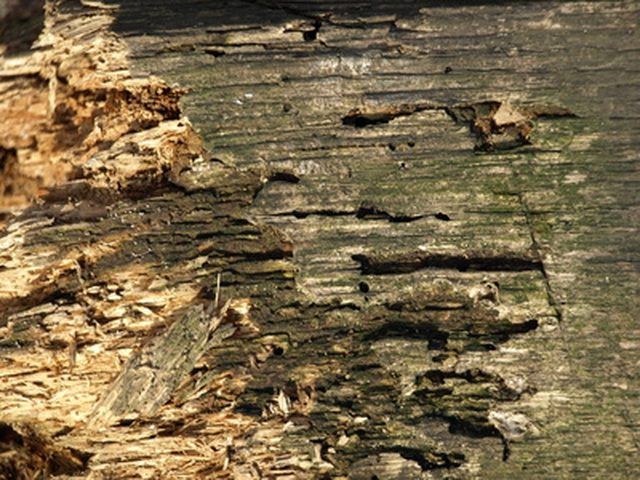Bulbs
Flower Basics
Flower Beds & Specialty Gardens
Flower Garden
Garden Furniture
Garden Gnomes
Garden Seeds
Garden Sheds
Garden Statues
Garden Tools & Supplies
Gardening Basics
Green & Organic
Groundcovers & Vines
Growing Annuals
Growing Basil
Growing Beans
Growing Berries
Growing Blueberries
Growing Cactus
Growing Corn
Growing Cotton
Growing Edibles
Growing Flowers
Growing Garlic
Growing Grapes
Growing Grass
Growing Herbs
Growing Jasmine
Growing Mint
Growing Mushrooms
Orchids
Growing Peanuts
Growing Perennials
Growing Plants
Growing Rosemary
Growing Roses
Growing Strawberries
Growing Sunflowers
Growing Thyme
Growing Tomatoes
Growing Tulips
Growing Vegetables
Herb Basics
Herb Garden
Indoor Growing
Landscaping Basics
Landscaping Patios
Landscaping Plants
Landscaping Shrubs
Landscaping Trees
Landscaping Walks & Pathways
Lawn Basics
Lawn Maintenance
Lawn Mowers
Lawn Ornaments
Lawn Planting
Lawn Tools
Outdoor Growing
Overall Landscape Planning
Pests, Weeds & Problems
Plant Basics
Rock Garden
Rose Garden
Shrubs
Soil
Specialty Gardens
Trees
Vegetable Garden
Yard Maintenance
What do Termite Droppings Look Like?
What do Termite Droppings Look Like?. Termite droppings, along with sawdust and mud tubes, are signs that cellulose-chomping insects have invaded the area. Knowing what to look for can help you defend your home and get rid of these destructive pests.

Termite droppings, along with sawdust and mud tubes, are signs that cellulose-chomping insects have invaded the area. Knowing what to look for can help you defend your home and get rid of these destructive pests.
Color
Termite droppings, called frass, can be white or black, according to Orkin Pest Control. The droppings are similar in color to the wood residue that the insects spill as they eat. Subterranean termite droppings are soft and used in constructing nests, whereas drywood termite droppings are hard and look like piles of sawdust, according to Extension.org.
Location
Frass and the accompanying sawdust are generally found in basements, tunnels and bathrooms. The insects are attracted to the damp wood found in these areas. Drywood termites often attack floors and ceilings. Termites, which feed on cellulose found in dead wood and wood by-products, need moisture to survive, according to the Ohio State University Extension.
Other Signs
Besides droppings, mud tubes and mud coming from between boards or beams are signs of a termite infestation, according to Extension.org. These mud tubes are a passageway for the insects between the outside soil and wood.